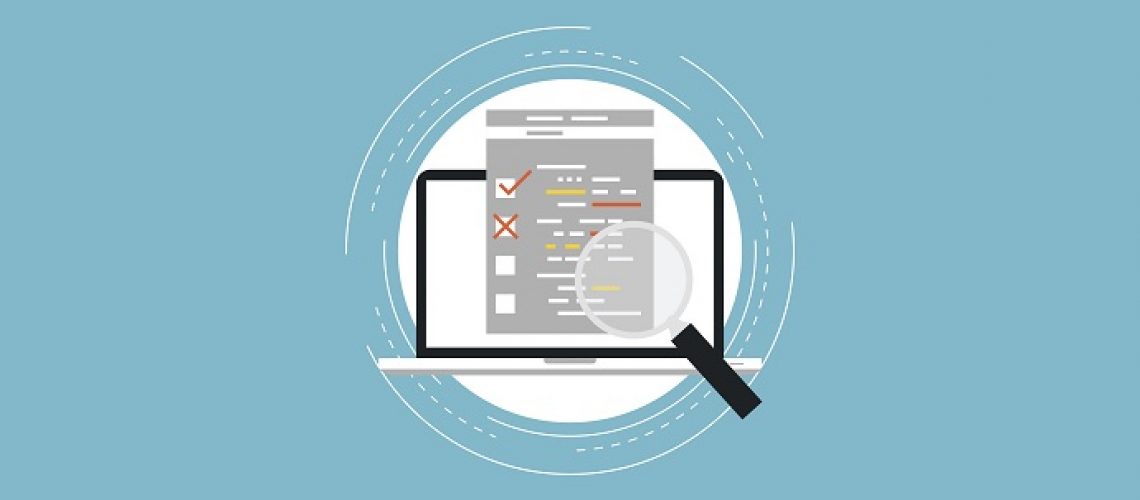The American Medical Association (AMA) recently issued a checklist for physician practices to use when adopting evaluation and management (E/M) coding and documentation changes slated to take effect next year.
Consistent with their end goal to reduce burden, CMS looked to align their E/M coding with changes adopted by the AMA. CMS ultimately walked back plans to collapse E/M codes and payments rates, instead opting to retain five separate levels and payment rates for E/M visits for established patients. In addition, they reduced the number of levels to four for new patients.
Initially, the federal agency finalized the E/M payment changes after an industry-wide disagreement. Under the previously proposed 2019 Medicare Physician Fee Schedule rule, CMS wanted to collapse the payment rates for all upper levels of E/M office/outpatient visits. And physicians would start using the single/blended payment rate in 2019.
Industry leaders pushed back against the proposed consolidation of payment rates for Levels 2 through 5 of E/M office visits, arguing that a single rate for the levels would penalize physicians who treat the sickest patients.
According to the AMA, some of the key elements of finalized E/M coding and documentation overhauls include eliminating history and physical exam as elements for code selection and allowing physicians to choose whether their documentation is based on medical decision making (MDM) or total time, which builds on the movement to enhance recognition of the work involved in non-face-to-face services.
Another aspect includes modifying MDM criteria to move away from simply adding up tasks to focus on tasks that affect the management of patient’s conditions.
While the E/M coding and documentation changes are intended to reduce provider burden, physician practices will need to prepare their Medicare billing processes in order to maximize the burden relief, AMA stressed.
“There’s a lot to understand and to prepare for before the new guidelines take effect Jan. 1, 2021,” Patrice A. Harris, MD, MA, president of the AMA, stated in a press release. “The AMA is helping physician practices to start planning now and offers resources to anticipate the operational, infrastructural and administrative workflow adjustments that will result from this overhaul.”
To guide physician practices through a smooth transition to the simpler and more flexible guidelines, AMA released a ten-point checklist. Among the recommendations for physician practices was assessing financial impact. The AMA advised providers to guard against an unanticipated financial impact by forming an understanding of the rules beforehand and going through a prospective financial analysis.
Providers must also understand additional employer and payer medical liability coverage requirements, as they still require documentation of additional information above the E/M office visit coding guidelines, the AMA recommended in the checklist. Physicians should ensure that their documentation satisfies any obligations and requirements that may need to be fulfilled by looking at flexibilities allowed under the new guidelines.
Additionally, the other key elements identified on the checklist were:
- Identify a project lead
- Schedule team preparation time
- Update practice protocols
- Consider coding support
- Be aware of medical malpractice liability
- Guard against fraud and abuse law infractions
- Update compliance plan
- Check with electronic health record (EHR) vendor
Physician practices will need to prepare in the New Year to get the full benefit of the burden relief the changes are designed to bring, the press release concluded.
——————————————————
Photo courtesy of: RevCycle Intelligence
Originally Published On: RevCycle Intelligence
Follow Medical Coding Pro on Twitter: www.Twitter.com/CodingPro1
Like Us On Facebook: www.Facebook.com/MedicalCodingPro







